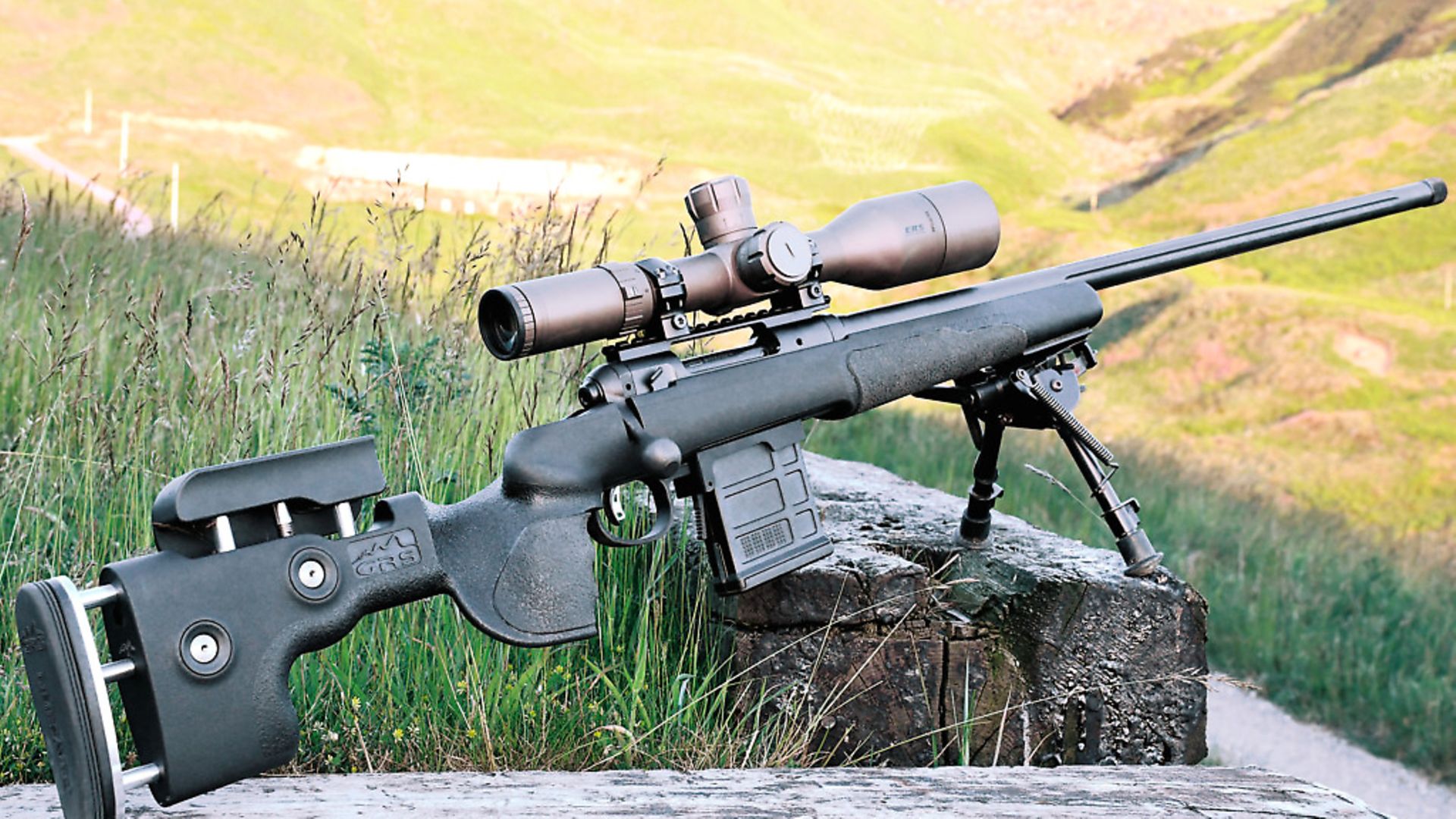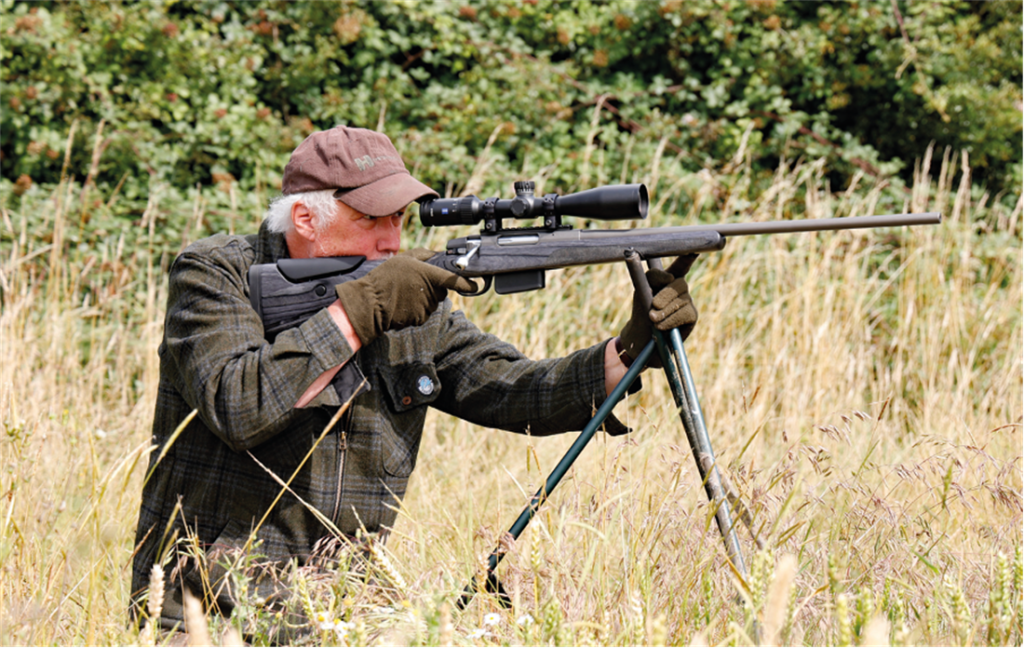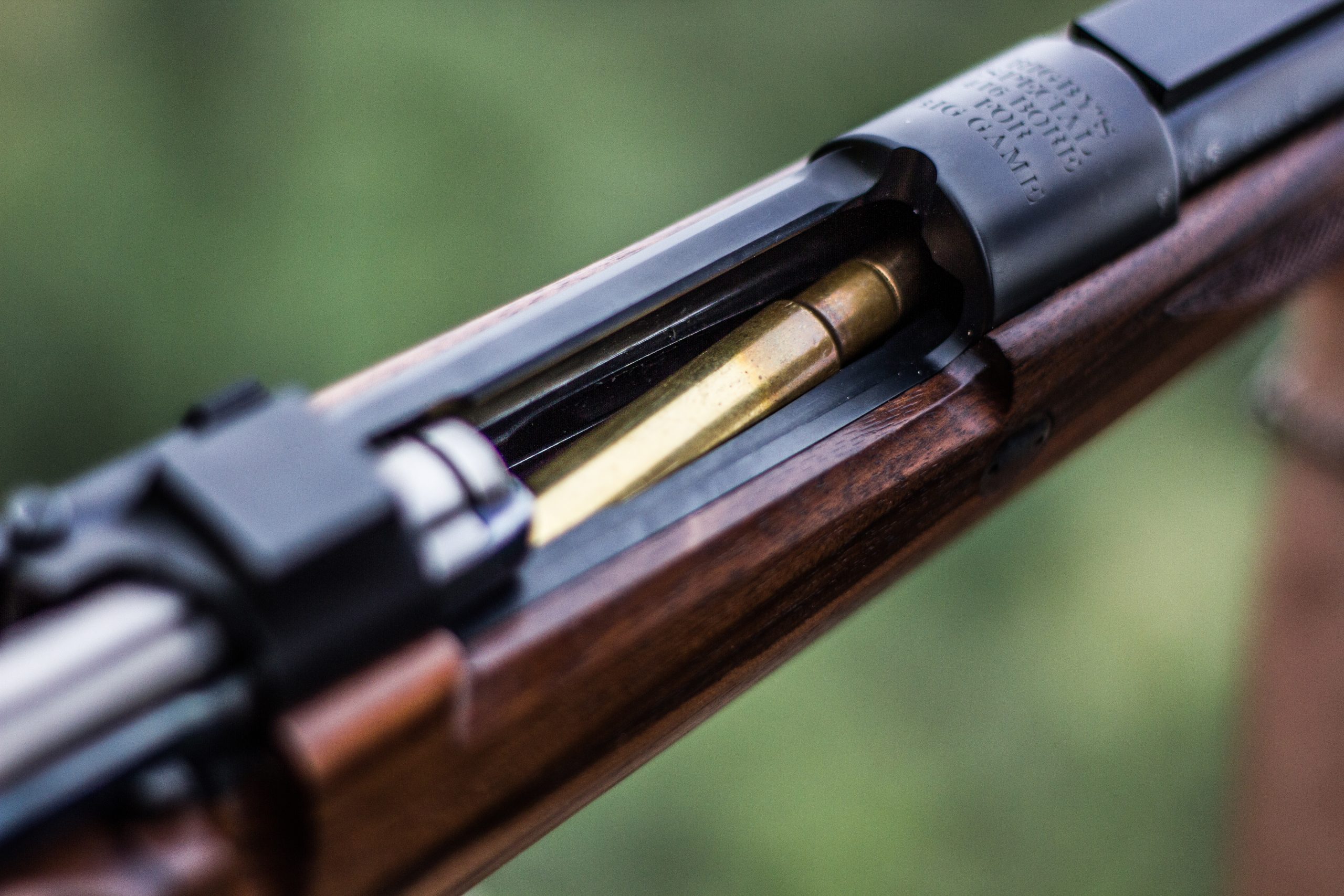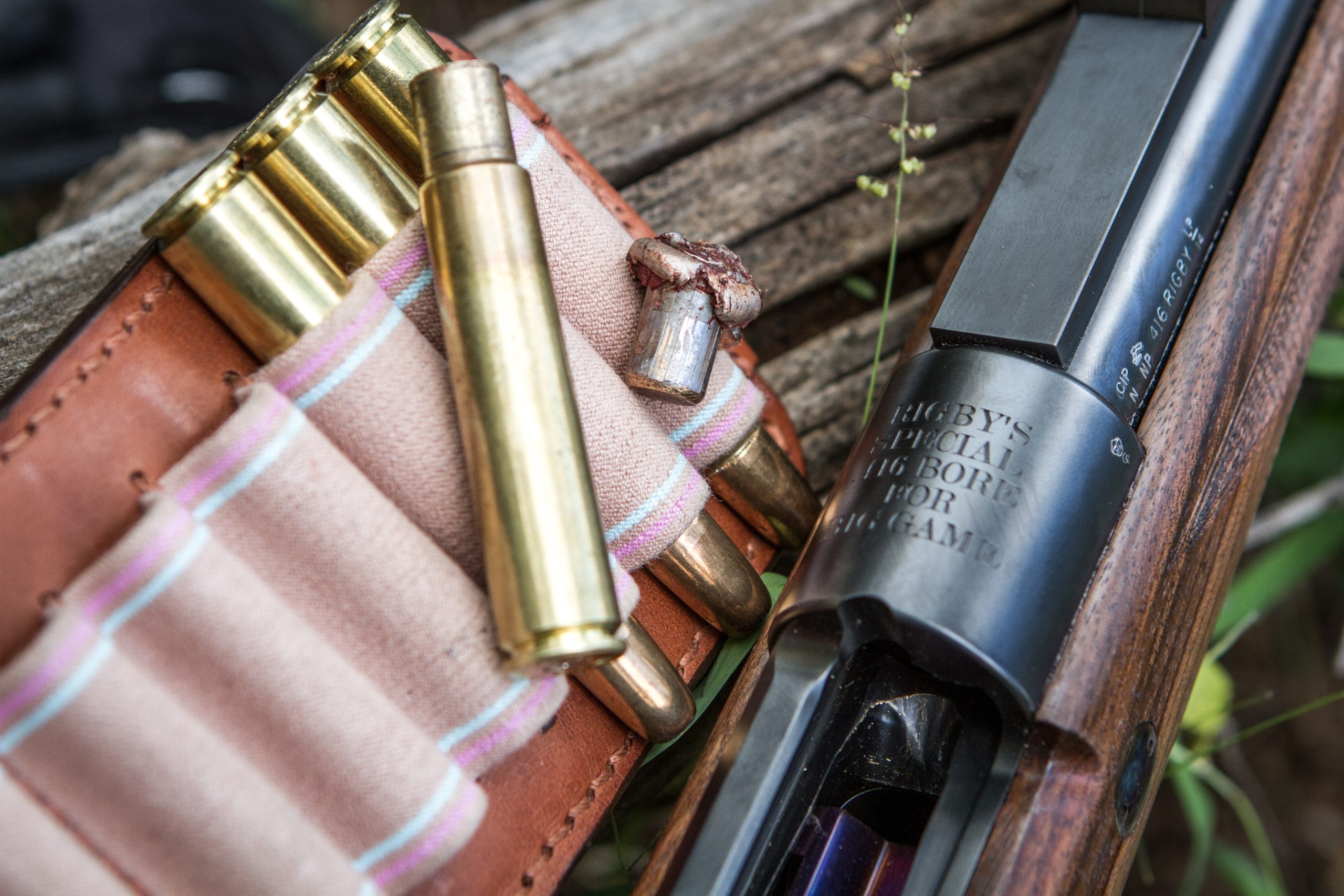Savage Model 10 GRS in 6mm Creedmoor – tried & tested
Chris Parkin puts this innovative, eye-catching varminter from Savage to the test, and enjoys getting the most out of it with handloads on the range credit: Archant PROS: A fundamentally sound cartridge with a lot of potential; Accutriggers are light and crisp; Good stock ergonomics and comfort in a fully supported shooting position; Heavy bullets
Would you like to appear on our site? We offer sponsored articles and advertising to put you in front of our readers. Find out more.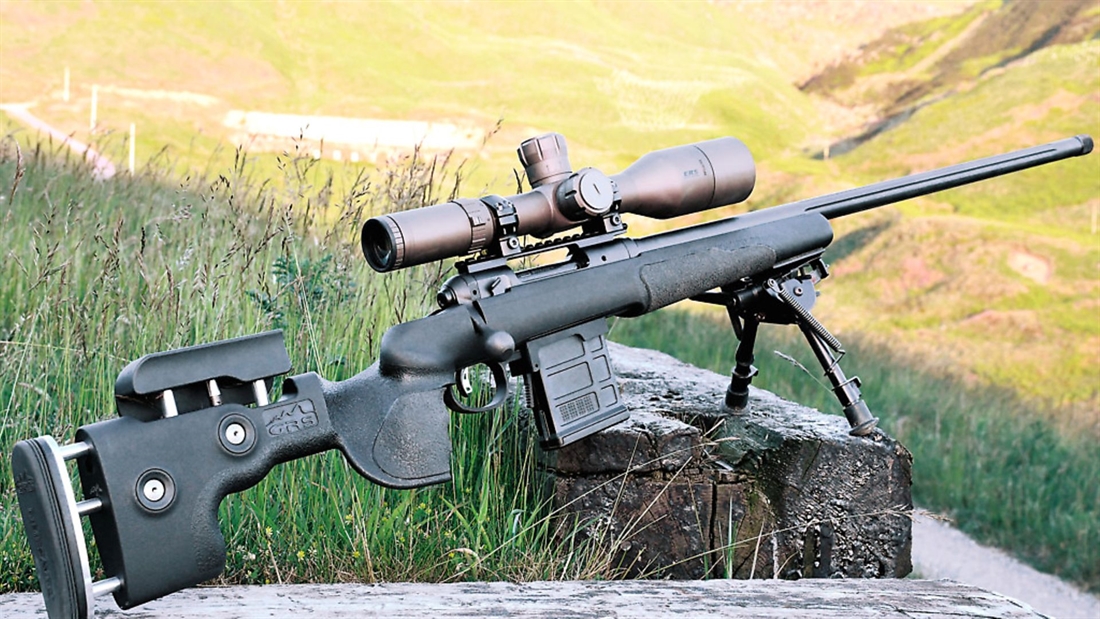
Chris Parkin puts this innovative, eye-catching varminter from Savage to the test, and enjoys getting the most out of it with handloads on the range
PROS: A fundamentally sound cartridge with a lot of potential; Accutriggers are light and crisp; Good stock ergonomics and comfort in a fully supported shooting position; Heavy bullets really move this gun into the ‘zone’ when reloading
CONS: No fault, but don’t forget this is a fast twist barrel suited to 100gr+ 6mm bullets; No left hander, impossible to shoot lefty!
VERDICT: It’s great to see new calibres. There is no magical solution other than it is a fast twist 6mm barrel, which makes a superb extreme range varminter with heavy, high BC bullets. I’m enjoying exploring the potential of this cartridge
TECH SPECS
Model: Savage Model 10 GRS
Calibre: 6mm Creedmoor
Magazine Capacity: 10 round detachable magazine
Barrel: 660mm/26” Hammer forged carbon steel, (1 in 7.5” twist rate), screwcut 5/8×24
Length: 1168mm/46”
Weight: 4.3kg/9.3 lbs
Length of pull: 335-365mm/13.1-14.3”
Trigger: Single Stage Accutrigger, user adjustable
RRPs
Rifle: £2154.00
Macctecc V2 Moderator: £349.65
Bushnell Elite Tactical ERS 3.5-21×50 FDE Riflescope: £1735.00
Hornady full length and bullet seating die: £112.00
Hornady V-Max and SST Bullets: £40 to £59/100
Hornady Brass: £161/100
Hodgdon and IMR Powders: £46-50/lb
CONTACT
Edgar Brothers 01625 613177 www.edgarbrothers.com
IN DEPTH TEST/REVIEW
Savage have been quite innovative in the modern era. They have chambered rifles in new calibres, and designed stocks and barrels around emerging trends for competition shooting disciplines, which I feel has been their speciality. Factors like right bolt/left port and specific stocks for bench rest, F-Class, FTR with long barrels and suitable chamberings have seen them emerge from the background into the precision rifle world with a great reputation for accuracy.
Their action is undeniably quite bulky, but it’s a self-styled hallmark of the brand, incorporating a twin lug bolt with floating push feed head/face. It is beefy enough to support heavy profile barrels up to 30 or 32” long.
With zero tolerance headspacing and chambering for maximum accuracy, their barrels are all button rifled, checked and straightened individually by the hands and eyes of what many consider to be the most important man in the Savage factory.
This Model 10 in a GRS Berserk stock is an eye catcher, but the hidden secret is the chambering. 6.5mm Creedmoor has taken the shooting world by storm, partly because it was fully factory supported with ammunition and brass by Hornady. It’s a fundamentally sound cartridge and updates the shape of the .260 Remington by increasing the shoulder angle and lengthening the neck, so it was only a matter of time before that was transferred to the long-standing popularity of 6mm rifles.
The 6mm Creedmoor seen here is essentially that brass necked down. And guess what, you have a ‘modernised’ .243. Well, almost. The .243 is a great cartridge with 55-95gr bullets, and sometimes 100/105 grainers, but it is very dependent on the twist rate of the barrel, with 1 in 10” being the common spec. This has limited heavy bullets to custom-barrelled rifles. This Savage has jumped well ahead by going straight to a 7.5” twist rate that will happily stabilise bullets up to 115gr for the fast-fire long-range action the 6mm Creedmoor cartridge was intended for. Note: fast fire generally defines the need for minimised recoil, and since all cartridges are a compromise, you must choose carefully between this and the 6.5mm version. Neither is an outright winner, both have certain advantages.
Factory ammunition is available in three variants from Hornady, but sadly was out of stock in the two-week space that I had to meet the deadline for the first planned article. Like the 6.5, this will pick up as the cartridge gains momentum; it is, after all, in its infancy. Edgar Brothers kindly supplied the rifle with dies, brass, bullets and Hodgdon reloading powders so I could have a little foray into the real-world life of the cartridge, as I think it is one which will appeal to hand-loaders in the long run anyway. The 19mm muzzle is threaded imperial, 5/8x24tpi, and Barton Gunworks supplied a moderator for this thread at the end of a 660mm/26” tube that will generate all the velocity one might need from this high-performance cartridge. It tapers straight all the way back to the action in a medium varmint profile. As the Creedmoor is based around a 0.473” bolt-face diameter, like that of the grandparent .30-06 and following .308 family we are all so familiar with, short-action magazines are common and a 10-round polymer ‘P-Mag’ is included with the gun.
This single-stack, front-loaded unit shows a removable base for cleaning and clips in with a long release catch set into the front of the anodised aluminium trigger guard. It will handle bullets loaded to a COL of just under 2.890”, which is longer than the 6mm Creed’ will need, even with long secant ogive bullets.
Bolt travel is 97mm with centre feed pushing rounds out of the top, up the feed ramp and into the camber before closing with a solid, vault-like clunk 90° down, with a 75mm handle for maximum leverage at the 25mm ball end. There is no cocked action indicator, but you do get a three-position tang safety for ‘fire’, ‘safe with bolt operation’ and ‘safe with a locked bolt’ fully rearward. The right-side release lever requires simultaneous trigger operation to release the bolt.
All carbon steel metallics are completed with a coarse matt finish that contrasts only slightly with the co-polymer Berserk stock, featuring rubberised sections on the grip and beavertail fore-end which shows a single stud on the underside for a bipod. The left side here and on the butt feature QR stud fittings for a comfortable biathlon-style carry that makes any gun of this weight and bulk far more transportable.
GRS’s co-polymer moulding deadens sound and has no resonance to it on firing, remaining quiet when handled with that grippy finish from the rubber and sandy texture throughout. It has adjustable length of pull from 335-365mm from the actual trigger blade (rather than the Accurelease inner safety blade). A slim Limbsaver recoil pad is fitted to sit snug in your shoulder, although the twin bolts that hold it onto the aluminium base plate are discernible, so it’s not a set-up I would want with a heavy recoiling rifle. The gun is also available in 6.5 Creedmoor with a 24” barrel, while the short 20” .308 might be a bit hard-hitting with this recoil pad. The comb shows 25mm of vertical range, and both are controlled with slickly operating push button catches and, in a smart move, neither can pop all the way out under spring tension.
The most distinctive feature of the stock is the offset grip. It is impossible to shoot left-handed in anything other than an emergency and, so far, no left-hander is available. This large, angular offset is comfortable, but, in my opinion, makes the stock suitable for prone, benchrested or other fully supported shots. It leaves your hand relaxed but almost too loose in a benchrest-type floating position, with just the trigger finger squeezing the blade back in a straight line to your shoulder, ‘free recoil’ style. Many like them, some don’t.
Getting back to the trigger: it is Savage’s famous Accutrigger, with the inner Accurelease blade feeling like the first of a two-stage unit, but is a single-stage unit with a crisp let off at 900g. This can be adjusted to your preferences and I like them – they are one of the few US rifle designs not hampered by intrusive safety concerns that destroy the capability of the rifle.
I see this rifle as a serious varminting or precision tool, and it meets the intentions of its designers. The butt hook shows space for a supporting soft rear bag or fist for fast elevation adjustment. Recoil is minimal from the heavy gun (moderator and scope) propelling a light, 95gr bullet with modest 38-43gr powder charge, depending on what you are using.
My predictions over the twist rate were spot on – the 95gr SST bullets showed good accuracy around ¾ MOA at all incremental load development and velocity stages using the CFE223 powder, but it is a little on the fast side for the role in my opinion.
I squeezed just over the 3,000 fps mark, but pressure signs were encountered at this point. Given the current changes in REACH compliance with powders, and with many of us investigating new load recipes, I’m keen to have a look at IMR 4350 as a further option, as it closely matches H4350 which will no longer be available. I did try a few sneaky loads using 107gr HPBT bullets with my personal dwindling supply of H4350 (one of my favourite powders) and that is precisely where I will focus when I can get some of the 108gr ELD-M’s and IMR 4350 from Edgar Brothers. 42gr drove the 107s to 2,825 fps with 44gr as a suggested upper limit on the Hodgdon data site suggested. There is enough case space to cater for possible variations in charge weight and bulk density with the IMR, so I’m left feeling positive that the calibre is a sound investment of your time if tailoring ammunition for it. I did try a few lighter bullets through the gun, knowing that the fast twist rate may well over-stabilise them, and it certainly did. The 95-107gr range was getting tighter as the weights and speeds increased. Nothing at any speed with 55gr V-Max would squeeze them below the magical 1 MOA mark – they struggled to stay within nigh on double that, a 50mm patch at 100m. This is no fault of the gun but a clear indication of why 10” twist rates are the norm for .243s, which do make incredibly fast, destructive varminters.
The feed and function of shorter, lighter bullets from the magazine was also flawed with hang-ups, whereas the heavies fed, fired, extracted and ejected with seamless ease. Factory loadings from Hornady are for the 87gr V-Max, 103gr ELD-X and 108gr ELD-M and they don’t generally make mistakes with factory specifications. Note that when pressure signs were encountered, the large rifle primers were the first indicator (as is usual), but I was especially keen to note neat central dimples in the primers with no excessive cratering from a sloppily fitting firing pin.
I shall go to the second stage of reviewing this gun/cartridge optimistically with the first hurdle crossed. The 6mm Creedmoor is a shooter worth developing and, secretly, I was never a big .243 fan (shhh!).
Related articles
AN ICELANDIC SAGA
Chris Parkin puts this innovative, eye-catching varminter from Savage to the test, and enjoys getting the most out of it with handloads on the range credit: Archant PROS: A fundamentally sound cartrid...
By Time Well Spent
AFFORDABLE INNOVATION
Chris Parkin puts this innovative, eye-catching varminter from Savage to the test, and enjoys getting the most out of it with handloads on the range credit: Archant PROS: A fundamentally sound cartrid...
By Time Well Spent
Get the latest news delivered direct to your door
Subscribe to Rifle Shooter
Elevate your shooting experience with a subscription to Rifle Shooter magazine, the UK’s premier publication for dedicated rifle enthusiasts.
Whether you’re a seasoned shot or new to the sport, Rifle Shooter delivers expert insights, in-depth gear reviews and invaluable techniques to enhance your skills. Each bi-monthly issue brings you the latest in deer stalking, foxing, long-range shooting, and international hunting adventures, all crafted by leading experts from Britain and around the world.
By subscribing, you’ll not only save on the retail price but also gain exclusive access to £2 million Public Liability Insurance, covering recreational and professional use of shotguns, rifles, and airguns.
Don’t miss out on the opportunity to join a community of passionate shooters and stay at the forefront of rifle technology and technique.



